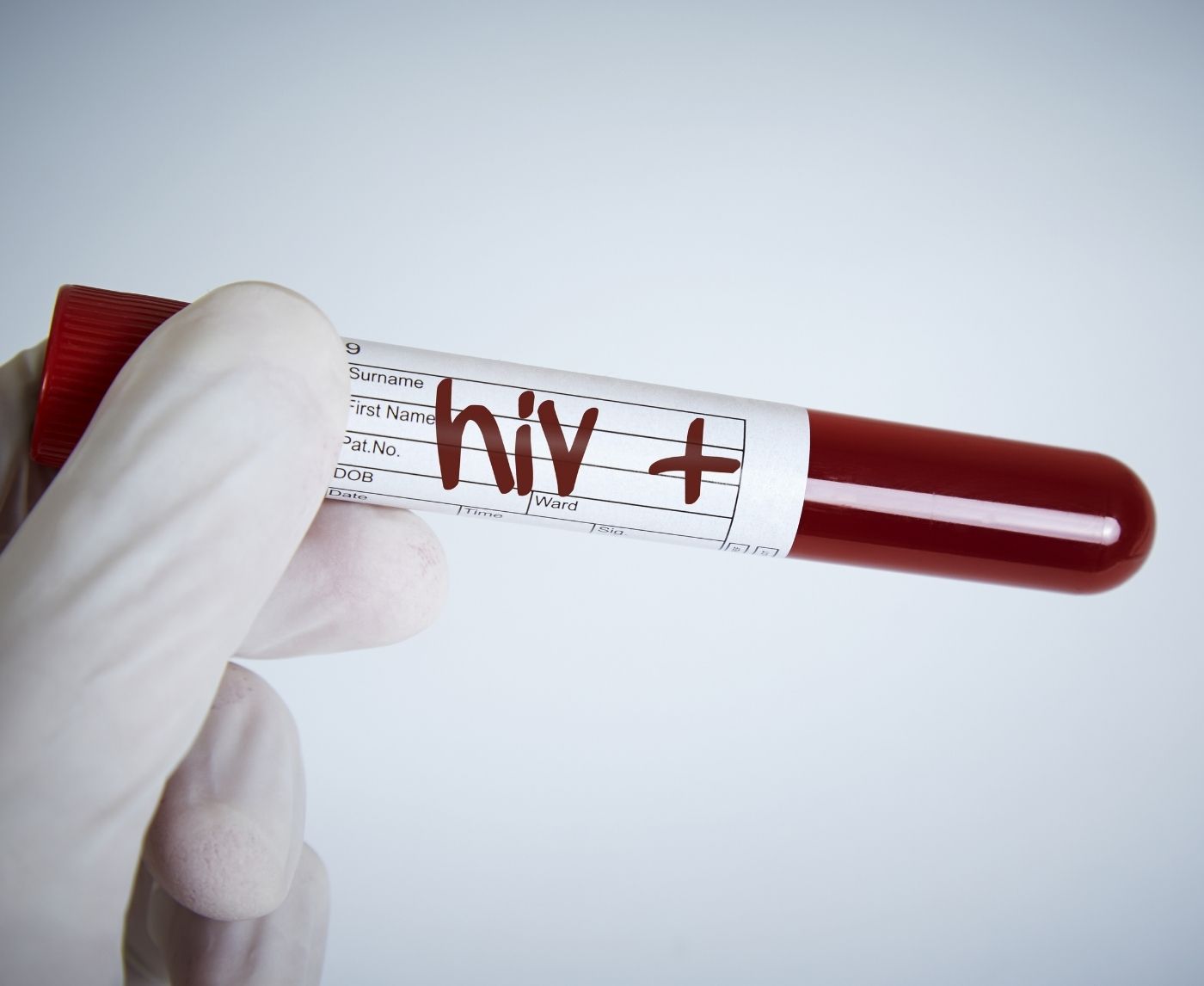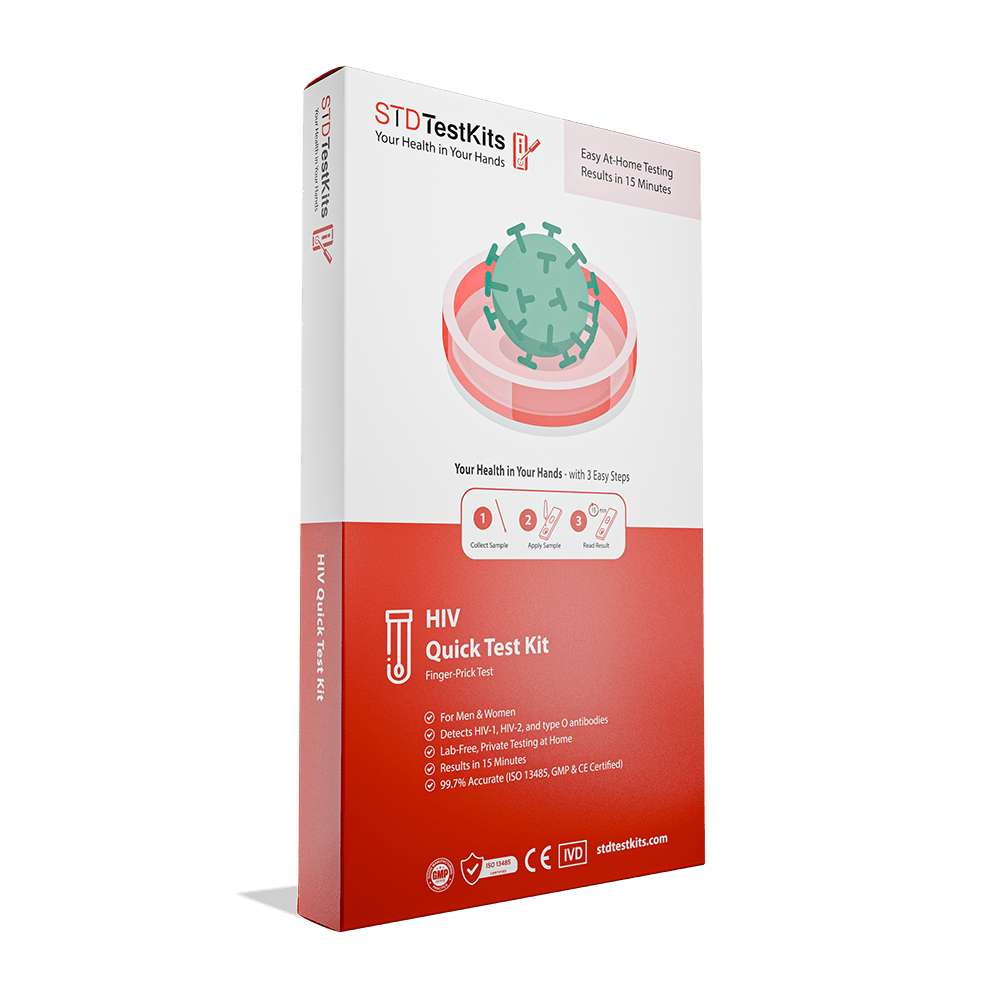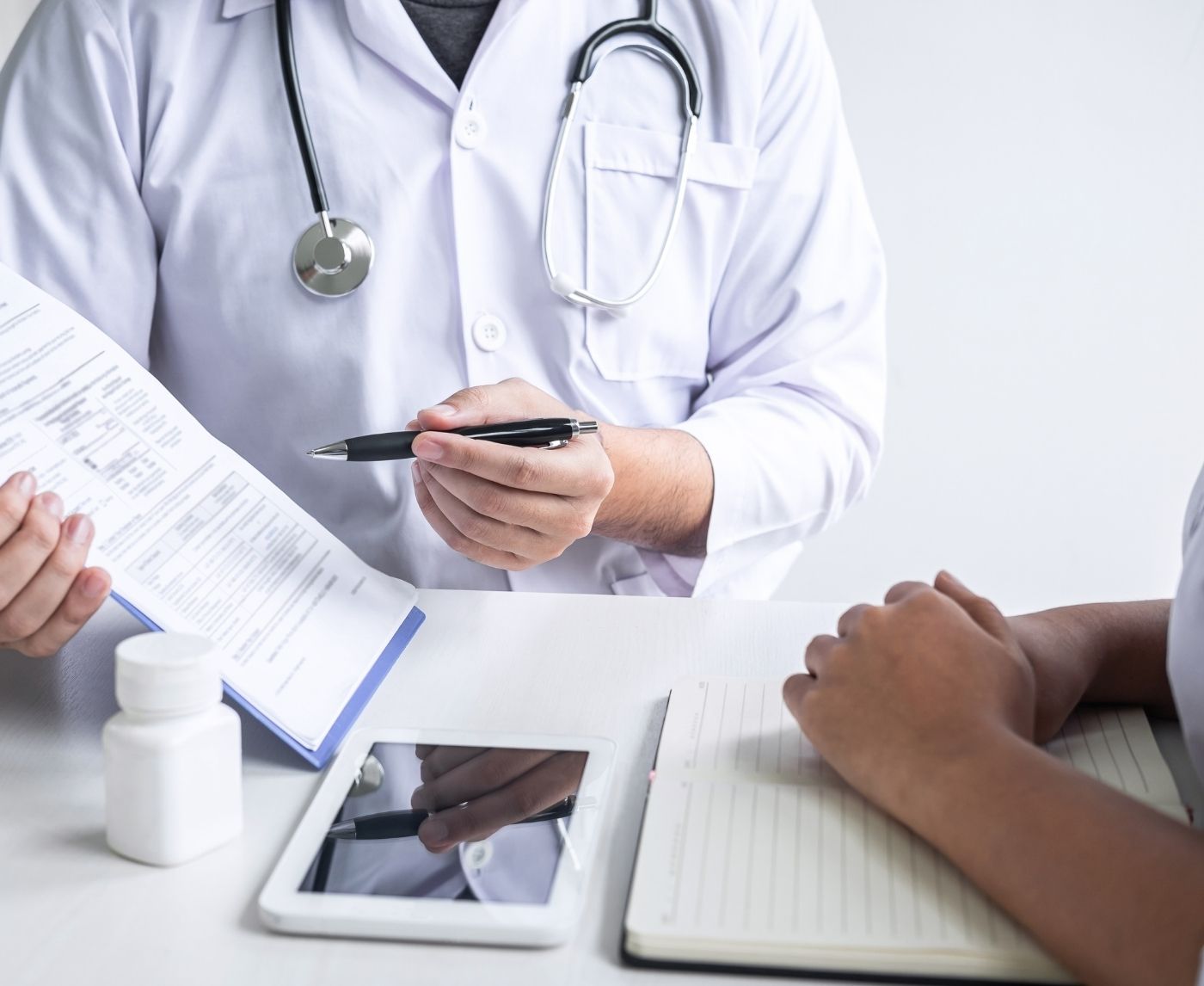We Are Getting Closer to Finding a Real Cure for HIV. What That Means for At-Home Testing
Quick Answer: Florida reported 4,725 new HIV diagnoses in 2023, with the highest rates among Black and Hispanic men aged 25–49, especially those engaged in male-to-male sexual contact. Testing early; especially if you’re feeling flu-like or just uneasy; is the most powerful way to interrupt the trend.
When the Numbers Get Personal: HIV Isn’t Just a Statistic
Ty, 28, had just moved back to Fort Lauderdale after finishing grad school in New York. He wasn’t out to his family yet. He wasn’t reckless. But when the fever hit; followed by night sweats and swollen lymph nodes; he started Googling “HIV symptoms vs flu.” A week later, he tested positive.
“I had no idea the numbers were still this high in Florida. I thought HIV was something from the past. Turns out, I became one of them.”
Ty isn’t alone. According to the Florida Department of Health, the state reported 4,725 new HIV diagnoses in 2023. That’s more than 90 new cases a week; many in people who didn’t think they were “at risk.” Even more sobering? An estimated 14% of people living with HIV in Florida don’t know they have it.
Florida is still one of the top three states for new HIV cases, even though there have been years of awareness campaigns and better access to treatment. Counties like Miami-Dade, Broward, and Orange are always at the top of the list for the state, but smaller counties, especially those in the north and rural areas, are growing faster in terms of percentage.
Experts say that there are a number of reasons why the epidemic is still going on here:
- Stigma: A lot of people put off or skip testing because they are embarrassed, scared, or misinformed.
- Disparities: Black and Hispanic communities have problems getting care and prevention resources because of the system.
- Under-testing: Testing often only happens after symptoms show up, especially in heterosexuals and people who live outside of cities.
And here's the problem: the virus has already done damage by the time symptoms show, and you may have passed it on to others without knowing it.
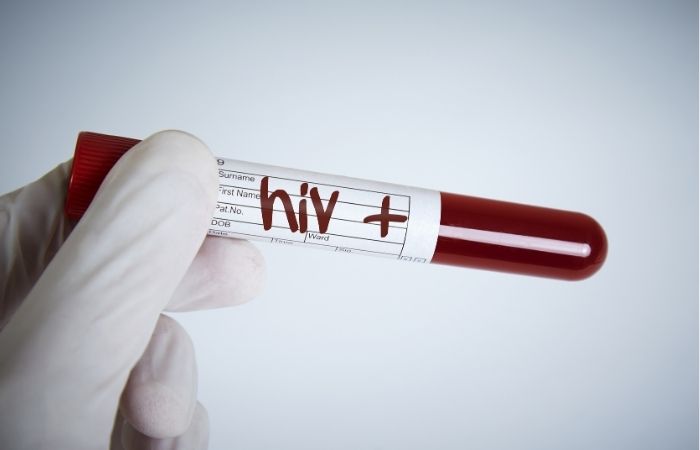
People are also reading: Florida’s HIV Crisis by the Numbers: Who’s Most at Risk and Why It’s Rising
Who’s Most at Risk? The Numbers Don’t Lie; But They Often Get Ignored
It’s easy to assume that HIV is only a risk for “certain” people. But Florida’s surveillance data destroys that illusion fast. In 2023 alone, the vast majority of new diagnoses were in men aged 25–49, with Black and Hispanic communities disproportionately impacted.
According to CDC reports, the most common transmission route in Florida is male-to-male sexual contact (MSM), accounting for more than 70% of new diagnoses among men. But heterosexual women; especially Black women; are also seeing increasing rates, often due to partners who never disclose their own risk factors or avoid testing altogether.
Here's the breakdown:
- Men who have sex with men (MSM): 74.8% of new male diagnoses
- Black Floridians: 42% of all new HIV diagnoses, but only 15% of the population
- Hispanic men: 29% of new cases in 2023
- Women (especially Black women): Account for nearly 1 in 5 new cases
Even more disturbing? A recent peer-reviewed analysis of Florida’s data between 2012–2022 showed that people diagnosed through emergency care; meaning they didn’t know until their symptoms got bad; were overwhelmingly Black and uninsured. By the time they got help, the virus had progressed to AIDS.
“I didn’t think I needed to get tested,” says Luis, 32, a server in Tampa. “I wasn’t doing anything crazy. But when I found out, it was Stage 2 already. I wish someone had told me how common this really is in our community.”
Why Are HIV Rates Rising Again in Florida?
Let’s be real, this shouldn’t still be happening. We have meds that prevent HIV. We have tests you can take at home in your pajamas. We have more info on our phones than the CDC had in the '90s. And yet? Florida’s numbers are climbing. Quietly. Especially in younger folks, rural towns, and Black and Latino communities.
So what gives?
Reason #1: Stigma is still louder than science.
In places where you can’t even say the word “gay” out loud, people aren’t getting tested. They’re praying it’s just stress. They’re self-medicating with antibiotics from Mexico. They're waiting until they’re too sick to ignore it.
Reason #2: PrEP isn’t reaching the people who need it most.
If you’re a young, uninsured, Black gay man in Tallahassee, you’re statistically less likely to have a doctor talk to you about PrEP than your white counterpart in Miami Beach. That’s not on you. That’s on the system.
Reason #3: Florida’s sex-ed is…not helping.
With abstinence-heavy policies and vague health curriculum, many young people in Florida never actually learn how HIV is transmitted, or how to protect themselves. Some schools aren’t even allowed to say the word “condom.”
The result? People who don’t test. People who don’t know. And people who get diagnosed late, sometimes years after infection.
“We’re not talking about behavior anymore, we’re talking about systems,” says Dr. Marsha Levine, an infectious disease specialist in Jacksonville. “If we don’t make testing easy and shame-free, these numbers won’t change.”
She’s right. The data’s only part of the story. The real epidemic is silence.
This Isn’t Just a Miami Problem: The Rural HIV Surge No One Talks About
When most people think about HIV in Florida, they picture Miami. Or maybe Fort Lauderdale. But here’s what gets missed: in counties like Polk, Alachua, and Marion, the infection rate is quietly rising, and testing? It’s dangerously low.
Emma, 34, works at a pharmacy in rural Central Florida. She says most people in her town won’t even mention the word HIV. “We’ll have people come in asking for antibiotics for ‘something down there,’ but they’ll whisper like it’s a curse,” she says. “I’ve had folks ask if we sell ‘private test kits,’ but they won’t make eye contact.”
According to Florida Health data, smaller counties report some of the highest percentages of late-stage diagnoses. Translation? People aren’t testing until it’s too late. Whether it’s fear, religion, lack of clinics, or just not thinking they’re at risk, it all adds up to silence. And silence lets HIV spread.
There’s also the issue of invisibility for queer folks in rural areas. LGBTQ+ support networks are thinner outside of major cities, and so is access to PrEP or affirming care. If you don’t see anyone like you getting tested, it’s easy to assume you’re alone. You’re not.
If you’re reading this from somewhere in Lake County, Levy, or Clay, and your brain is telling you “It’s probably nothing”, just pause. HIV doesn’t check zip codes. It doesn’t care if you’ve only had a few partners. It doesn’t care if you’ve been married 10 years. The virus thrives in places we don’t talk about.
Testing doesn’t mean you’re guilty of something. It means you care.
I Thought I Was Too Old for HIV: Late Diagnoses and Silent Symptoms
Raymond, 46, had been divorced for three years. He was back on the dating apps, living in Ocala, and mostly seeing women around his age. He had some night sweats, a persistent sore throat, and what he thought was stress. It wasn’t.
“I never thought HIV was something I had to worry about. That was for other people. Younger people. Wild people. Not me.”
Raymond didn’t test until a friend convinced him. By then, his CD4 count had dropped low enough to be considered AIDS. It hit him hard, not just physically, but emotionally. The shame. The fear. The retroactive panic of “Who have I hurt?”
This story isn’t rare. CDC data shows that in Florida, a significant percentage of people aged 40+ are diagnosed late, often after symptoms like fatigue, weight loss, or unexplained infections send them to the ER. In some cases, it’s their first test. Ever.
Here’s the truth: HIV doesn’t “age out.” You can get it at 19 or 59. You can be monogamous and still get exposed if your partner hasn’t tested. You can be cautious and still catch it from a one-time thing. It’s not about recklessness. It’s about reality.
Testing isn’t about age, it’s about awareness. If you’re in your 40s or 50s and haven’t tested since your last relationship ended (or ever), this is your sign. One swab could give you peace of mind, or save your life.
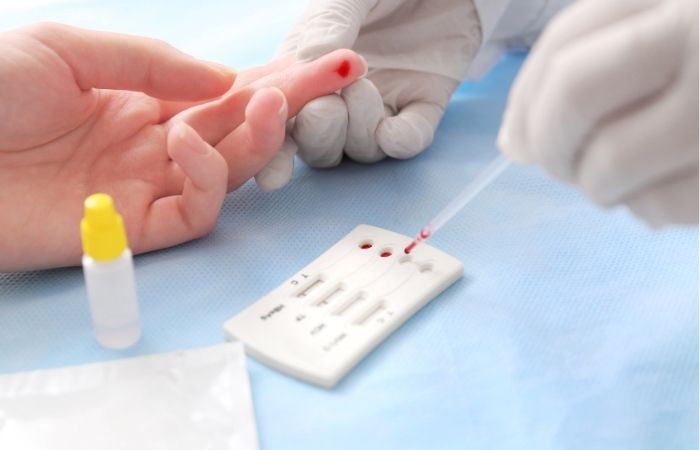
People are also reading: My Partner Has HPV. Am I at Risk, And What Should I Do Next
FAQs
1. How would I even know if I had HIV?
Honestly? You might not, at first. Some people feel nothing for weeks. Others get flu-like symptoms: fever, fatigue, sore throat, maybe a rash. The problem is, those signs look just like a bad cold or burnout. If something feels off and you’ve had unprotected sex, don’t guess. Test.
2. Wait, HIV can cause a rash?
Yep. It’s often one of the first signs, flat or slightly raised red spots on your chest, arms, or back. Think heat rash but angrier. It usually shows up 2–4 weeks after exposure. Combine that with a fever? Time to test.
3. Can straight people really get HIV?
100% yes. While MSM (men who have sex with men) are still at higher statistical risk, straight people, especially women, can and do get HIV. In Florida, many new female cases come from heterosexual contact, often with partners who didn’t know or didn’t say they were positive.
4. How soon after sex should I get tested?
If it was a recent encounter, wait about 18–45 days for a rapid test to pick it up (sooner if you use a lab-based test). Not sure when or how? Test now and retest in a few weeks. That’s what the pros do.
5. Can I really test at home?
Hell yes, and more people should. It’s private, fast, no awkward small talk with a nurse. You swab or prick your finger (depending on the kit), and you’ll have results in about 15–20 minutes. Totally legit, FDA-cleared, and way better than spiraling all night on Google.
6. Does HIV always mean a death sentence?
Absolutely not. That thinking is stuck in the ‘80s. With treatment, most people with HIV live long, full lives, and once their viral load is undetectable, they can’t pass it on. That’s called U=U: undetectable = untransmittable. Science is amazing.
7. Can I give HIV to someone if I don’t even know I have it?
Unfortunately, yes. That’s part of what makes early testing so critical. You can look and feel totally fine and still transmit the virus. That’s why routine testing, especially with new partners, is just good care.
8. What’s PrEP, and do I need it?
PrEP is a daily pill or shot that protects you from getting HIV, even if you’re exposed. If you’re dating, hooking up, or just not into condoms all the time, it’s worth asking about. Florida has programs to help cover the cost, even if you’re uninsured.
9. What if I test positive?
First: breathe. Then get a follow-up lab test to confirm. After that, you’ll start treatment, and with today’s meds, you can live a long, healthy life. The earlier you catch it, the better for you *and* your partners. You’ve got this.
10. Okay but what if I’m scared to find out?
That’s real. Most people are. But fear doesn’t protect your health, knowledge does. Knowing your status gives you power. And if you’re positive? You’re not dirty, broken, or doomed. You’re a person who deserves care, not shame.
You Deserve Answers, Not Assumptions
It doesn’t matter if it was one time, a new partner, or just a strange feeling in your body; what matters is that you listen to it. HIV doesn’t always show up with big warning signs, but that doesn’t mean it’s not there. And in Florida, where the numbers are still rising, silence can be dangerous.
Don't wait and wonder; get the clarity you deserve. This at-home combo test kit checks for the most common STDs discreetly and quickly.
Sources
1. Florida Department of Health
2. CDC: Florida HIV Fact Sheet, 2025
3. KFF: The U.S. HIV Epidemic – Key Facts
4. JMIR Public Health: Florida HIV Diagnosis Patterns (2025)




